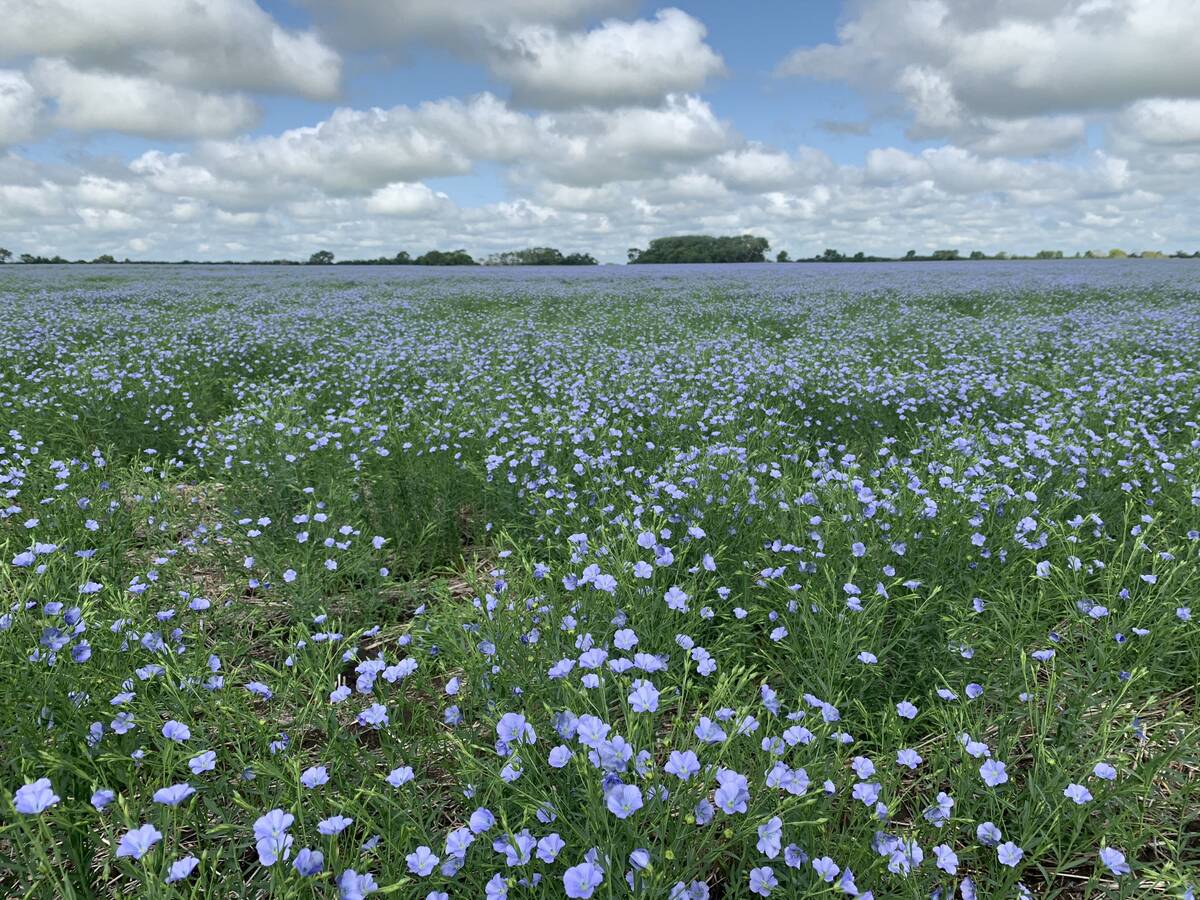Rhinusa pilosa is an extremely picky eater: it likes only yellow toadflax.
The tiny weevil might eat dalmation toadflax in a pinch, but yellow toadflax will always be its first choice.
That singular taste makes the weevil ideal for biological control of yellow toadflax, an invasive weed introduced to North America from the Balkans.
It also allowed Agriculture Canada researchers to get approval for re-lease of the weevil as an insect biocontrol agent to control yellow toadflax.
Entomologist and weed biocontrol researcher Rosemarie DeClerck-Floate, who works at Agriculture Canada’s research centre in Lethbridge, is the lead on the project, which is years in the making.
Read Also

Flax sector sees omega-3 opportunity
SASKATOON — A global shortage of omega-3 oils could be an opportunity for the flax sector, says an industry official….
This coming spring, she and fellow researchers will scour sites in British Columbia and Alberta to see if the rhinusa pilosa they released in seven different places have survived the winter to once again attack toadflax.
“Our lab has been studying this biocontrol insect, a stem-galling weevil from Serbia, in quarantine for six years and also in collaboration with European entomologist colleagues,” DeClerck-Floate said.
She and her colleagues petitioned for approval to release the insect in March 2012, received it this year from the Canadian Food Inspection Agency. They did seven experimental releases in May and will go back to those sites in spring.
DeClerck-Floate has also raised 4,000 weevils in the lab for additional releases. For now, the weevils spend their days burrowed in small pieces of corrugated cardboard inside a dish that is inside a cooler. They have access to lab-raised toadflax.
During the growing season, the weevils lay eggs on toadflax, causing the formation of large galls that rob the host plant of nutrients and inhibit its ability to set seed.
“They’re pretty tiny things, but they create such big galls,” said DeClerck-Floate.
The weevils are about two milli-metres long.
“They hijack growth of the plant, and nutrients that would go to flower production or vegetative growth get shunted to the gall. Even the root biomass is reduced significantly.”
Biological control agents are subject to intense scrutiny to ensure they won’t adversely affect non-target plants.
“We don’t even start with an agent that has a broad host range. That just doesn’t happen,” she said.“We choose insects that already are known to be host specific or feed on a very tight group of closely related plants.”
DeClerck-Floate said advancements in DNA technology have aided weed biocontrol efforts because weeds can now be more accurately classified. Researchers now know there are no native species of linaria, the genus of toadflax. Of course, rhinusa pilosa has known that all along.
“If insects hadn’t evolved to recognize their host, it would be similar to putting a brick in front of you and saying, ‘eat it.’ ”
Serbian entomologist Ivo Tosevski has done extensive work with the weevil and toadflax, said DeClerck-Floate, and her graduate student, Emily Barnewall, worked with Tosevski in Serbia as part of the Canadian research project.
“He’s pretty excited about this release and he’s very confident that it will survive,” DeClerck-Floate said about Tosevski.
One challenge of biological control agents is the need for patience, she added. Landowners may want a quick fix to weed problems, but in-sects such as the weevil do their work over a period of years.
“They’ll never get rid of the weed. That’s not the intent,” she said.
“The weed will just kind of be there in low levels, hopefully below damage thresholds for ranchers.”















